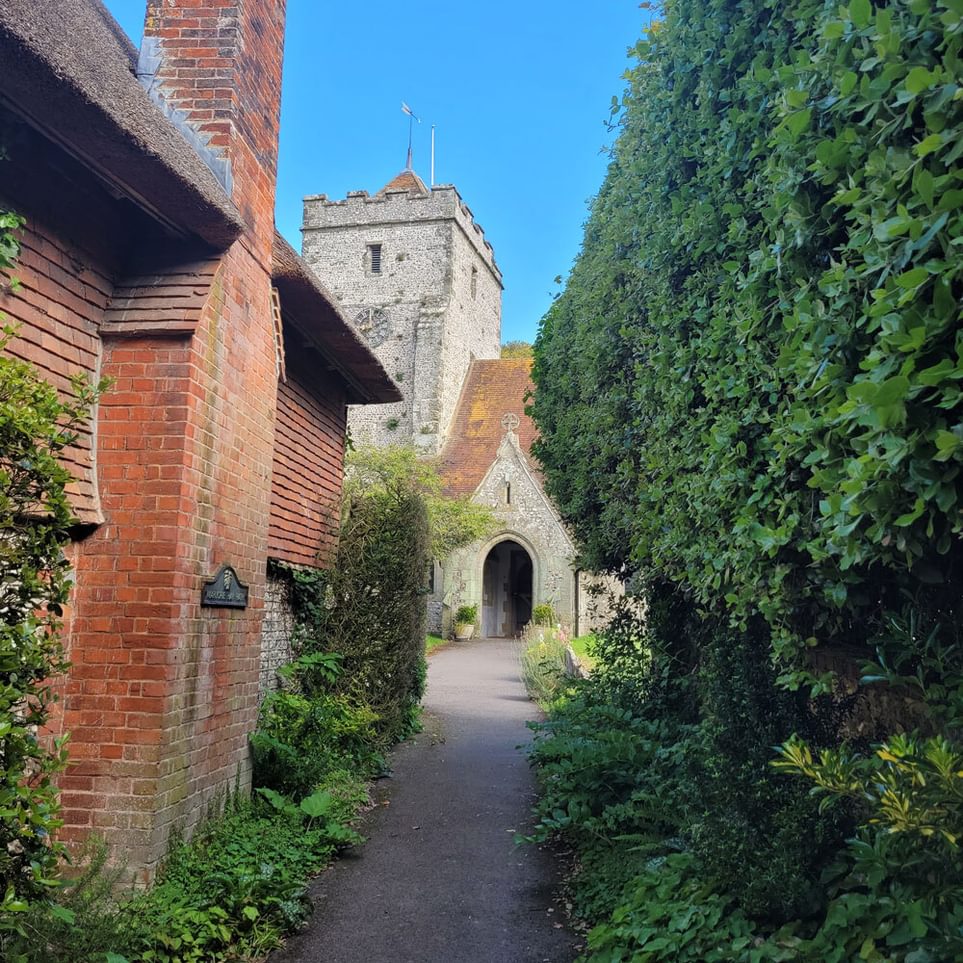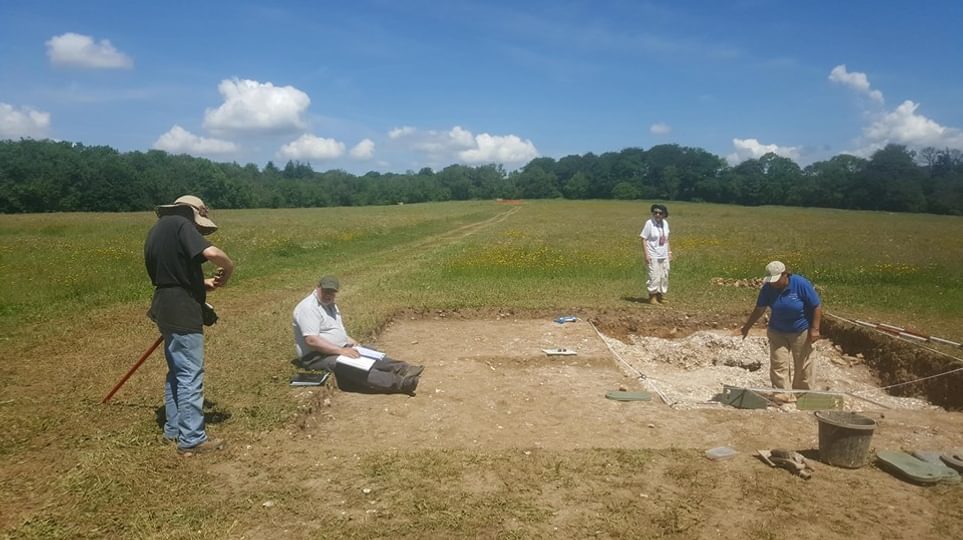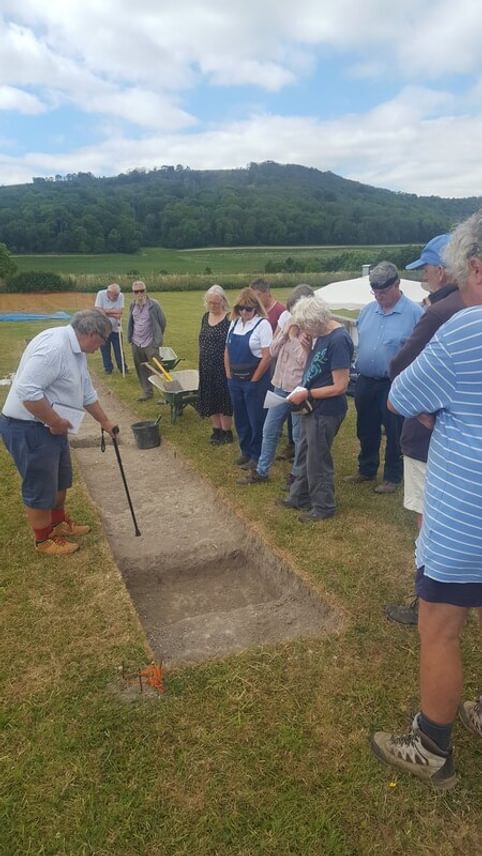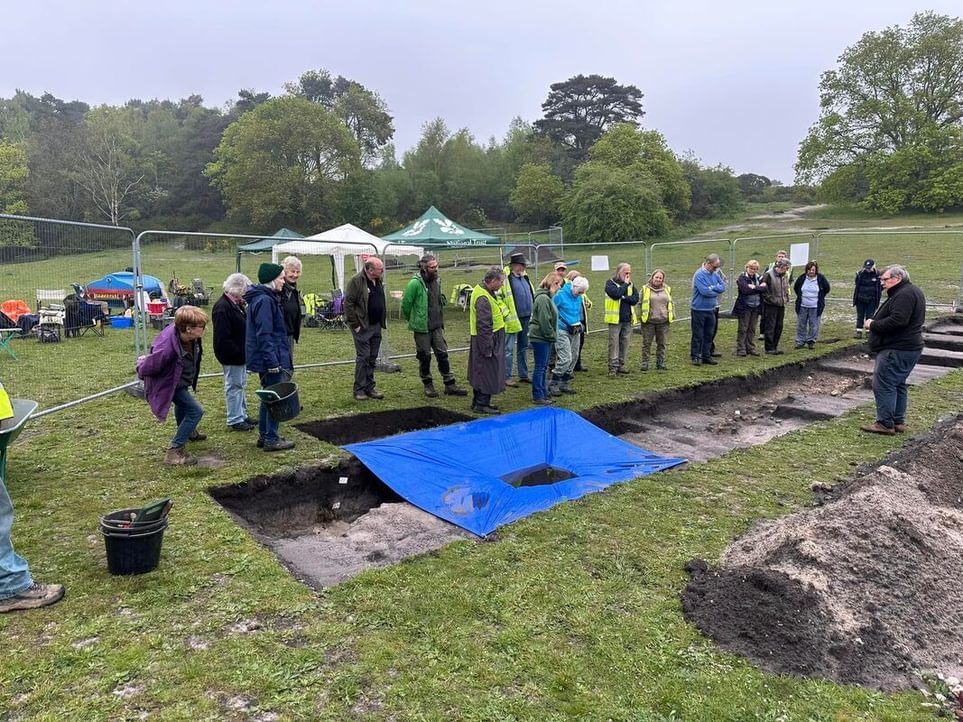News Story
The Burpham Big Dig is fast approaching. This summer, Worthing Museum, in association with Worthing Archaeological Society, is conducting an exciting community project. It will investigate the archaeological potential of Burpham, Wepham, and Peppering. We caught up with Keith Bolton, from Worthing Archaeological Society, to find out more.
About the Burpham Big Dig
The Burpham Big Dig is the only one of its kind in Sussex this year. It’s a great opportunity for everyone to engage in a current archaeology project. It is also the first dig undertaken by Worthing Museum since 1998. The digs will take place from 10th to 23rd August. Based on previous finds in the area, these excavations hold the potential for uncovering evidence of significant archaeological features.
The excavation sites themselves will be private, as they will be dug in local people’s gardens. However, throughout the two-week project period, Burpham village hall will be open to the public. Visitors will be able to see what has been found during the digs and learn more about the processing of these items. They will also learn about the significant archaeological history of the area.

Burpham Village
About Worthing Archaeological Society
Worthing Archaeological Society was founded in January 1922, in the Librarian’s room at Worthing Public Library. The society currently has over 100 members brought together by their shared interest in investigating and conserving physical evidence of the past. The society provides opportunities to take part in excavations, as well as social events, walks and other tasks to suit all interests and abilities. This includes processing excavated finds. Setting up, staffing, and attending exhibitions and lectures. They also write reports, catalogue photos and videos of digs and finds. The Worthing Archaeological Society is instrumental to the success of this project. Their expert volunteers will be involved in both excavation and finds processing.

Keith Bolton (seated) trying to record Romano-British rural settlement site at the Gumber, Slindon West Sussex 2018
How are you feeling about The Burpham Big Dig?
Very excited. The level of enthusiasm and engagement from the residents at the Training session in June was brilliant. Can’t wait for 10th August to come around.
How did you become involved with the project?
Worthing Archaeological Society (WAS) have a long relationship with Worthing Museum going back to the 1960s. WAS have done a couple of archive projects with James Sainsbury (Museum Curator). This is our first joint venture in the field.
What are you hoping the Big Dig will uncover/reveal?
From a personal perspective, it would be good to find some Roman artefacts and even better to find Iron Age material. I expect that we will find a lot of post-medieval material. But it does not matter – anything that tells a story of the village will be great.
What do you anticipate to be the main challenges during the dig?
Having enough Test Pits available for people to excavate. Currently I have over 40 WAS members wanting to take part.
Tell us about your experience as an archaeologist. What led you down this path?
I first got involved in archaeology back in 1995 when Sussex Archaeological Society was running a series of training excavations at Fishbourne. I was just visiting the Roman Palace and saw a notice advertising the training programme. So, I signed-up for a week’s training. I enjoyed it so much that I spent the rest of my annual leave back there as a volunteer. And I proceeded to do the same for the next four years!
What do you most enjoy about your role?
My main role is Site Director, so I really enjoy watching people engage with the archaeology and their enthusiasm. Also, the interaction with the public.

Site Director (Keith Bolton) at Bignor Roman villa showing to WAS team a feature (ditch) to be excavated.
How do you approach collaborating with so many other organisations and teams involved in the project?
Constant communication is key. Also, understanding what each organisation or team is responsible for and trying to identify gaps and overlaps. So that the gaps are filled and the overlaps can be discussed and responsibilities assigned accordingly. Also, everyone is an equal partner bringing their own specialism and knowledge to the group.
What advice do you have for someone who wants to be more actively involved in local archaeology?
Join their local archaeological society. Depending on where they live, join the county society. Also, contact their local museum, they are nearly all looking for volunteers, especially to help with the archives. People don’t have to dig – most archaeological activity (85%) takes place after the excavation has finished.
Do you have a favourite artefact or archaeological discovery, either from Sussex or further afield?
Nothing stands out. It’s normally the latest thing, feature or site that we have found. So currently it’s the post-medieval enclosure at Sullington Warren and that’s because we don’t fully understand its function. Trying to unravel the mystery of a site makes it interesting and engrossing.

Keith in Sullington Warren as Site Director, giving daily briefing
What are the main challenges facing British Archaeology today?
If we are talking about professional archaeology, its status from a funding perspective is poor and underrated. I am sure if you were to ask someone from the Department for Culture, Media and Sport about archaeology and public engagement – they would talk about metal detecting. Same applies to Museums – lack of public funding. Some are actively looking at selling some of their more valuable items to raise money. At the University level, the number of archaeology-related degree courses is being reduced. So the opportunities to enter the profession or become involved are decreasing.
What do you hope the public will take away from this project?
A greater understanding of the villages, and their place in the landscape over a long period of time.
